It was the summer of 1971, and the distant murmurs of a war that began months earlier had made their way to Rajshahi in Bangladesh, across the north bank of the Padma River, to Noor Jahan’s door. The 14-year-old was playing in the courtyard with her little sister when a loud military truck came to a halt outside the family’s farmhouse.
Armed soldiers threw the two girls into the back of the truck, where they discovered several women sitting back to back with their hands tied. “They told us to look down and to remain silent,” recalls Jahan, now 65. The truck continued through the small town, making several stops; each time loading more women and girls into the back as if they were cattle. All the women were sobbing silently, Jahan describes, too afraid to make a sound.
“We had no idea where they were taking us. I watched from the corner of my eye as the marigold fields surrounding our home disappeared from sight,” says Jahan. “I remember clutching my sister’s hand tightly and being terrified the entire time. We had all heard about the Butcher of Bengal and his men.”
The Butcher of Bengal was the nickname given to Pakistan’s military commander, Gen Tikka Khan, notorious for overseeing Operation Searchlight, a murderous crackdown on Bengali separatists in what was then East Pakistan, which led to a genocidal crusade during the liberation war that followed.
But Jahan was about to become a victim of another brutal tactic of the Pakistani army. Alongside the killings, soldiers carried out a violent campaign of mass rape against Bengali women and girls, in what many historians believe amounted to a direct policy under Khan’s command to impregnate as many women as possible with “blood from the west”.
When the truck finally came to a stop, the girls found themselves in military barracks. The next few months were a blur for Jahan, who regularly passed out during her confinement. “We lay there like corpses, side by side. There were 20, maybe 30, of us confined to one room,” she recalls tearfully. “The only time we saw daylight was when the door creaked open and the soldiers marched in. Then the raping would begin.”
During the conflict that led to the birth of Bangladesh, military-style rape camps such as the one in which Jahan was held were set up across the country. Official estimates put the number of Bengali women raped at between 200,000 and 400,000, though even those numbers are considered conservative by some.
Though ethnic rape was feature of Partition years earlier, what Bengali women experienced was one of the first recorded examples of rape being used as a “consciously applied weapon of war” in the 20th century. But despite its shocking scale, little remains known about it outside the region.
Ostracised
Within Bangladesh, widespread stigma led to the women being ostracised by their communities, and their horrifying accounts were often suppressed by shame. Today, a plaque on the wall of the Liberation War Museum in Dhaka says it all: “There are not many records of this hidden suffering.” Yet in every corner of Bangladesh, there are survivors with terrifying testimonies.
In August 1971, Razia Begum had gone looking for her husband, Abu Sarkar, who had been missing for several days. She wandered anxiously through the abandoned streets of Tejturi Bazar in Dhaka, where Sarkar was a fruit seller, but he was nowhere to be found. Begum turned a corner, when she found herself face to face with a group of soldiers. She tried to run but was struck on the head with a rifle; a scar she still bears.
Begum was dragged to a nearby forest where she was raped repeatedly over a period of weeks. The soldiers were stationed close by and returned at different times of the day. “They tied me to a tree and took turns raping me during their breaks,” says Begum, now 78. After they were done with her, the soldiers threw Begum into a shallow ditch.
A passerby eventually found her and took her to a shelter, which Begum describes as a lost-and-found for women who were abducted during the war. Such makeshift shelters had been set up in districts across the region for the many women who had been abducted and abandoned miles from their home.
“Women didn’t often leave the house during that time, so many of us didn’t even know our proper addresses,” says Begum. Begum’s husband tried four different shelters before he found her and took her home. “I don’t like to think about what happened,” says Begum. “But after all these years, it has been difficult for me to forget. I still have nightmares.”
On 16 December 1971, the war came to an abrupt end. Although independence had been won, thousands of Bengali women, such as Jahan and Begum, would be rescued from shelters and rape camps across the country.
Rescue mission
Maleka Khan, then secretary of the Bangladesh Girl Guides Association, was tasked with mobilising female volunteers to help with war recovery efforts. But after learning about the discovery of women who had been raped and held captive in underground bunkers near Jahangir Gate in Dhaka, Khan decided to lead the rescue mission herself.
When Khan arrived, she was shocked by what she saw. “There were women who were completely naked,” Khan, now 80, says. “They were abandoned in bunkers, where they had been kept and tortured during the war.” Khan bought the women clothes and, after helping them out, she describes carefully wrapping them in saris and blankets.
“They were in a state of shock and couldn’t speak,” says Khan. “Some had their hair chopped off, while others were heavily pregnant. There was an air of disbelief about the whole thing. It was all so horrific.”
The women were taken to safe houses provided by the government of the newly independent Bangladesh. In an effort to integrate rape survivors back into society, Sheikh Mujibur Rahman, the founding father of the nation, granted them the honorific of Birangona (war heroine) and established a rehabilitation programme for the women, of which Khan became executive director.
“The rehabilitation programme provided shelter, counselling and training for survivors, while entrusting medical practitioners with the task of dealing with unwanted pregnancies,” Khan says. Two things then happened: temporary legislation to allow later abortions and an international adoption campaign for babies that had been abandoned.
Geoffrey Davis, an Australian doctor who specialised in late-term abortions, was brought in by the World Health Organization to oversee the high-risk procedures. He described how the Pakistani army would conduct their attacks on towns and villages during the war.
“They’d keep the infantry back and put artillery ahead and they would shell the hospitals and schools. And that caused absolute chaos in the town. And then the infantry would go in and begin to segregate the women,” Davis told Bina D’Costa, a professor at the Australian National University, in his last interview before he died in 2008.
“Apart from little children, all those who were sexually matured would be segregated,” he said. “And then the women would be put in the compound under guard and made available to the troops.
“Some of the stories they told were appalling – the women had it really rough. They didn’t get enough to eat. When they got sick, they received no treatment. Lots of them died in those camps.
“They all had nightmares. You never get over it. A lot of them had tremendous anxiety because we were foreign and they didn’t trust anybody who was foreign,” he said. “They didn’t know what we were going to do to them … It was very difficult.”
The doctor also reflected on his conversations with soldiers who had taken part in the rapes but could not seem to understand what all the fuss was about.
“They were in a prison in Comilla and in pretty miserable circumstances and they were saying: ‘What are they going on about? What were we supposed to have done? It was a war!’” said Davis. “The really disgraceful thing is that all these officers were trained in Sandhurst
in England – and that was just not acceptable.”Today, women in Bangladesh are finding ways to write Birangona women back into a history from which they had been largely erased. Rising Silence, an award-winning documentary by the British-Bangladeshi playwright Leesa Gazi, preserves the testimony of some of those still alive.
Convictions
Uncovering the women’s stories left Gazi asking herself: “How can a woman’s body instigate so much hatred and violence? If we need to shame a family, we go after their daughters. If we need to shame a country, we go after their daughters. It’s the same mindset.”
Rape continues to be deployed in war as a tool of fear, a military strategy to terrorise communities and destroy their dignity. A recent report by the UN special representative on sexual violence in conflict listed 18 countries where women were being raped in war, and named 12 armies and police forces and 39 non-state actors.
“The repeated failure of the international community to bring perpetrators to account means these horrendous acts continue with impunity,” says Shireen Huq, co-founder of Naripokkho, an activist group leading the fight for women’s rights in Bangladesh. Naripokkho was instrumental in supporting Rohingya rape victims in 2017, when Bangladesh once again found itself on the frontline of a rape epidemic, as more than 700,000 Rohingya Muslims crossed its borders to escape genocide in neighbouring Myanmar.
Among them were thousands of women and children who had suffered horrifying sexual violence at the hands of Burmese soldiers. Harrowing details emerged of women being tied to trees and subjected to rape for days, tortured by bamboo sticks and set on fire. Once again, in an echo of past events, many of the women would also find themselves battling with the stigma of unwanted pregnancies.
“It has been 52 years and we still haven’t received an apology from Pakistan for the horrendous war crimes it committed against the Bengali people,” says Saida Muna Tasneem, Bangladesh’s high commissioner to the UK.
Bangladesh has already succeeded in getting genocide recognition from the Lemkin Institute for Genocide Prevention and Genocide Watch, and US Congress recently introduced a historic resolution recognising that a genocide occurred in 1971. The government is now lobbying for the UN and international community to recognise that a genocide was committed during the liberation war.
“Lack of recognition remains an open wound for the millions who were directly impacted by the atrocities that took place, many of whom are still alive today,” says Tasneem. “This dark chapter of history has been kept in the shadows for too long.”
This piece was first published in The Guardian.


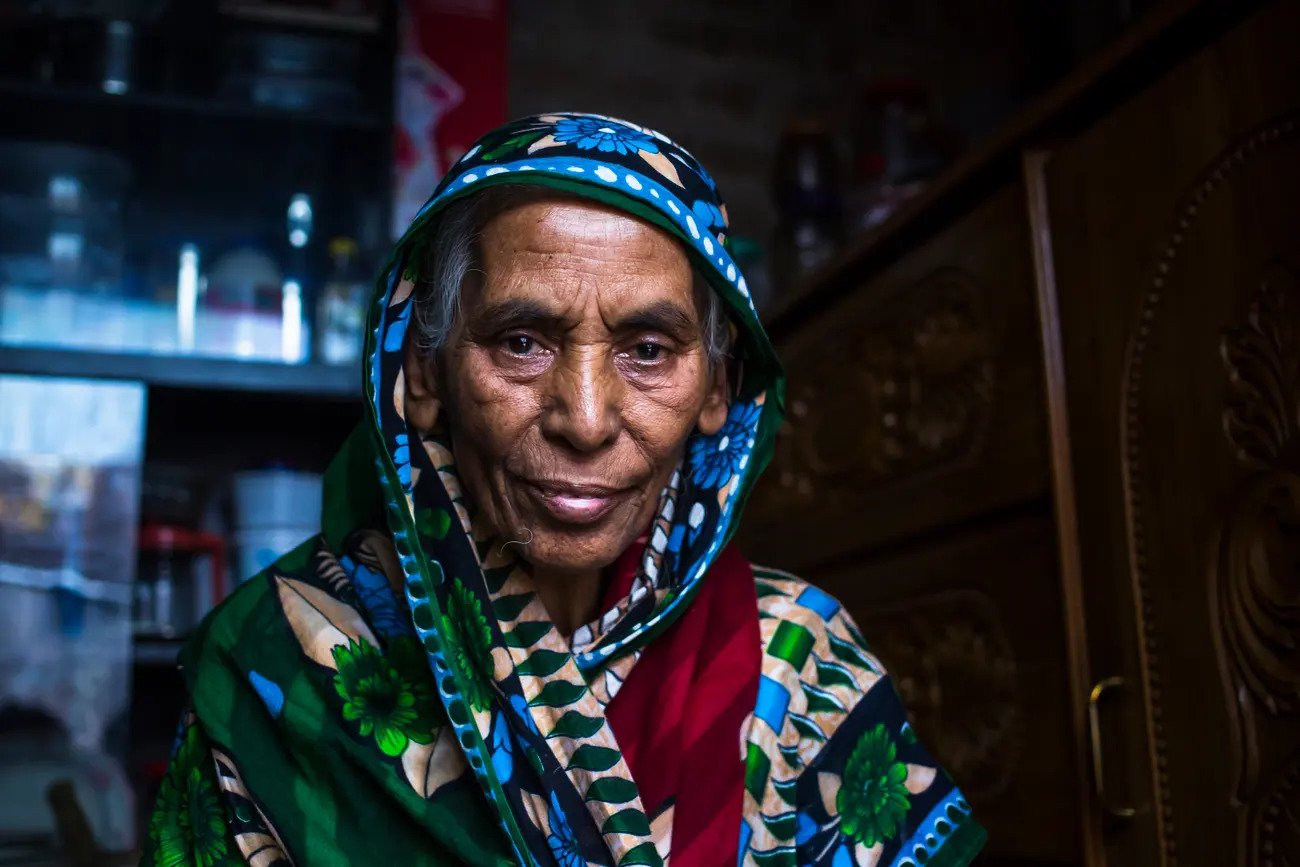

-20251214131253.webp)


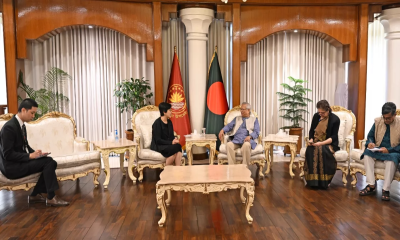
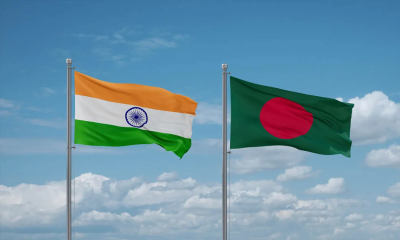



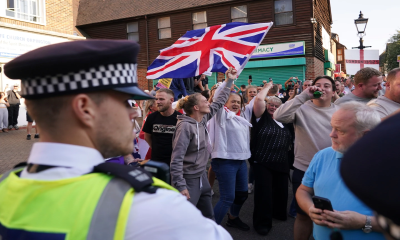
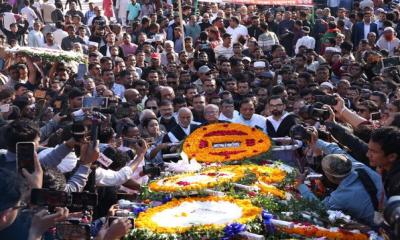
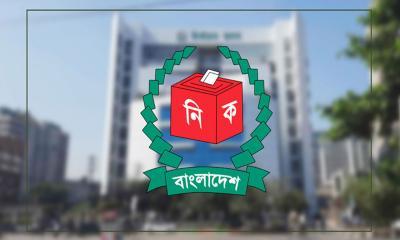

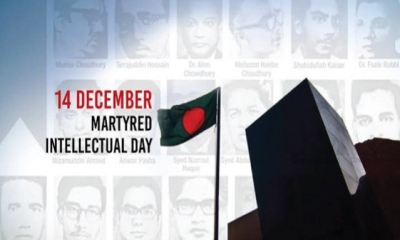
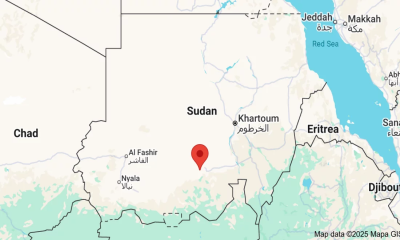
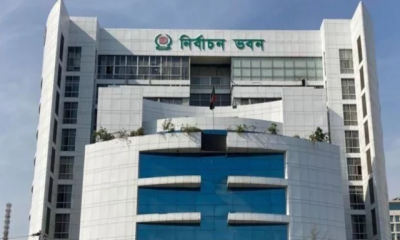
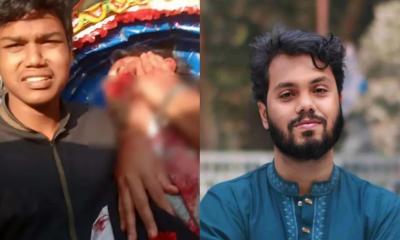

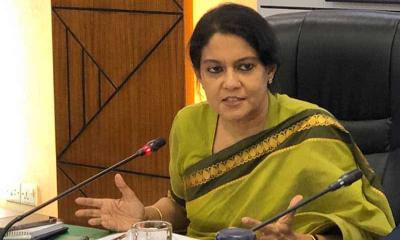
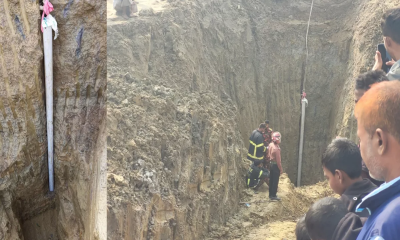
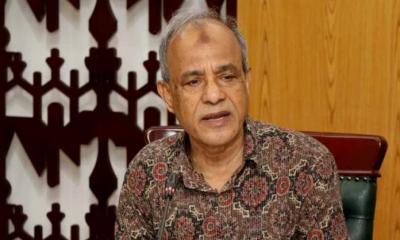
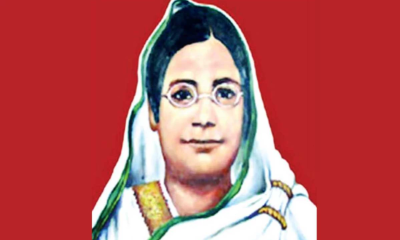


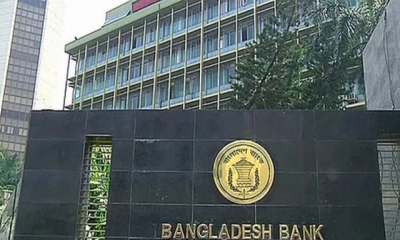
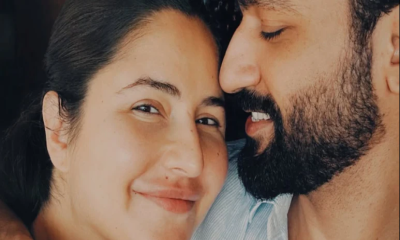
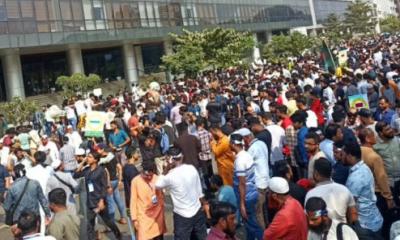


-20251207131533.jpg)
